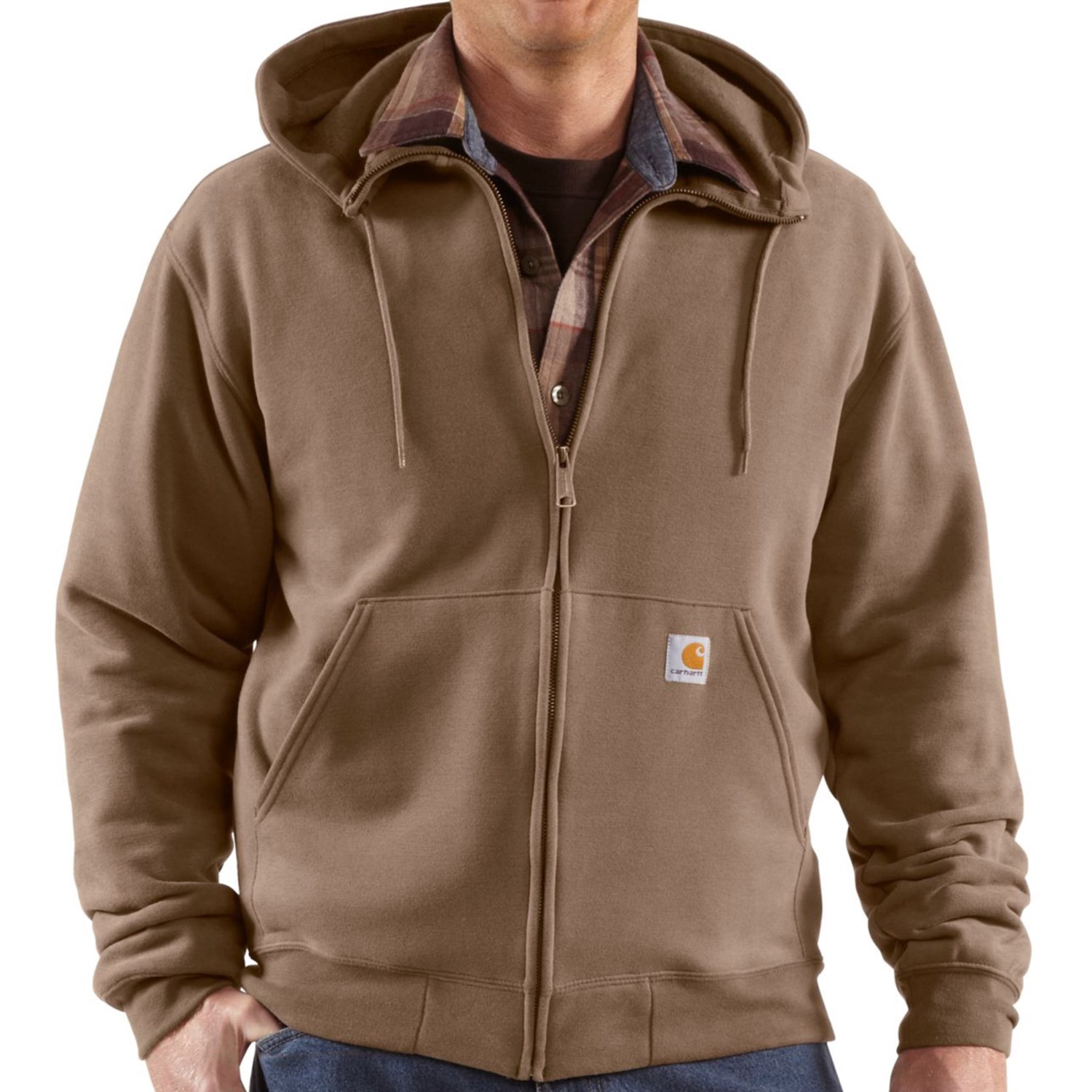Sweatshirts are long-sleeved pullover shirts that are typically constructed from thick cotton fabric. They are generally used for casual wear but aren't as formal as sweaters or cardigans. They do not usually have an or hood. If you are interested in purchasing a sweatshirt here are some tips:

The appeal of Norma Kamali was spread by the use of sweatshirts
Since the late 1970s, Norma Kamali has been turning the humble sweatshirt into an art form. Her designs are now the staple of almost every woman's wardrobe. Her distinct styles vary from a tummy-tucking v neck to leather-paneled sweatshirts . She also has created clothes with unusual forms, such as a tank top with an extended trumpet skirt.
A partnership with the brand and sweatshirt manufacturer Everlast led to her Timeless collection, which was a huge hit when it was featured in Spiegel's spring 2006 catalog. The collection was made up of knits that could be interchangeable or convertible with classic designs and a lot of pieces were priced under $20. Even the Norma Kamali's Timeless collection was not sold in stores, customers were able to find the items for sale on eBay or Poshmark.
Merino wool sweatshirts tend to be more comfortable than sweatshirts made of soft wool.
Merino wool is renowned for its ability to wick moisture away, which helps to keep you dry and comfortable. Merino wool is an organic fiber and also offers a more comfortable feel. The fabric also dries quickly when compared with other natural materials. In addition, it is a renewable resource. The merino sheep shed their coats each year and grow new ones.
The weight-to-heat ratio of merino wool is what makes it a popular choice for sweatshirts. It aids in controlling body temperature due to its natural loft, which retains heat between the fibers. This is why Merino wool sweatshirts work great for summer and outdoor activities like hiking, mountain biking, and running. sweat shirts offers helps keep the wearer cool and dry, which is essential when working out.
Zip-front hoodies have kangaroo pocket
Kangaroo pocket Hoodies are a very popular type of hoodies. These hoodies have a large pocket at the front that keeps your hands warm on cold days. They're additionally more practical than conventional pockets, since they allow your hands to slide in and out with ease.
sweat shirts are usually large enough to hold the wallet, or other smaller personal items. They're usually big enough to hold the palm of a hand that is small and are sufficient to hold two hands. They feature wide openings on either side and make them ideal for carrying small objects.
French terry fabric is a very popular material for sweatshirts
The French Terry fabric is composed of soft yarns that are knit into loops and is typically midweight. It is also known as a fabric that wicks moisture and is already pre-shrunk. French Terry is a fantastic choice for sweatshirts because it keeps you warm when you need it and also keeps you cool when you need to cool down.

French terry is also popular for loungewear, since it is stretchy enough and has enough flexibility to feel good against your skin. It also allows for enough air to circulate around the fabric, which makes it ideal for layering under other clothing. Furthermore, since it's lighter than most sweatshirts that you can wear throughout the year without feeling too hot or cold.
Hoodies have classist connotations
Although it might appear that hoodies are just appropriate clothes for working class people, the reality is that they have a classist connotation. The hooded garment was popular in the late 1970s in New York, where graffiti artists wore them to hide their identities. In 1976, hoodies made their major debut in the film "Rocky," when the working-class title character wore hooded gray sweats on his famous climb up the Philadelphia Museum of Art.
Hoodies are usually linked to death, destruction, and other undesirable things, but they serve a practical purpose. For instance, priests and monks can wear hoods to demonstrate respect and a sense of self-control.
